
Slave Labor made Waveland Possible
By Wynne Crombie
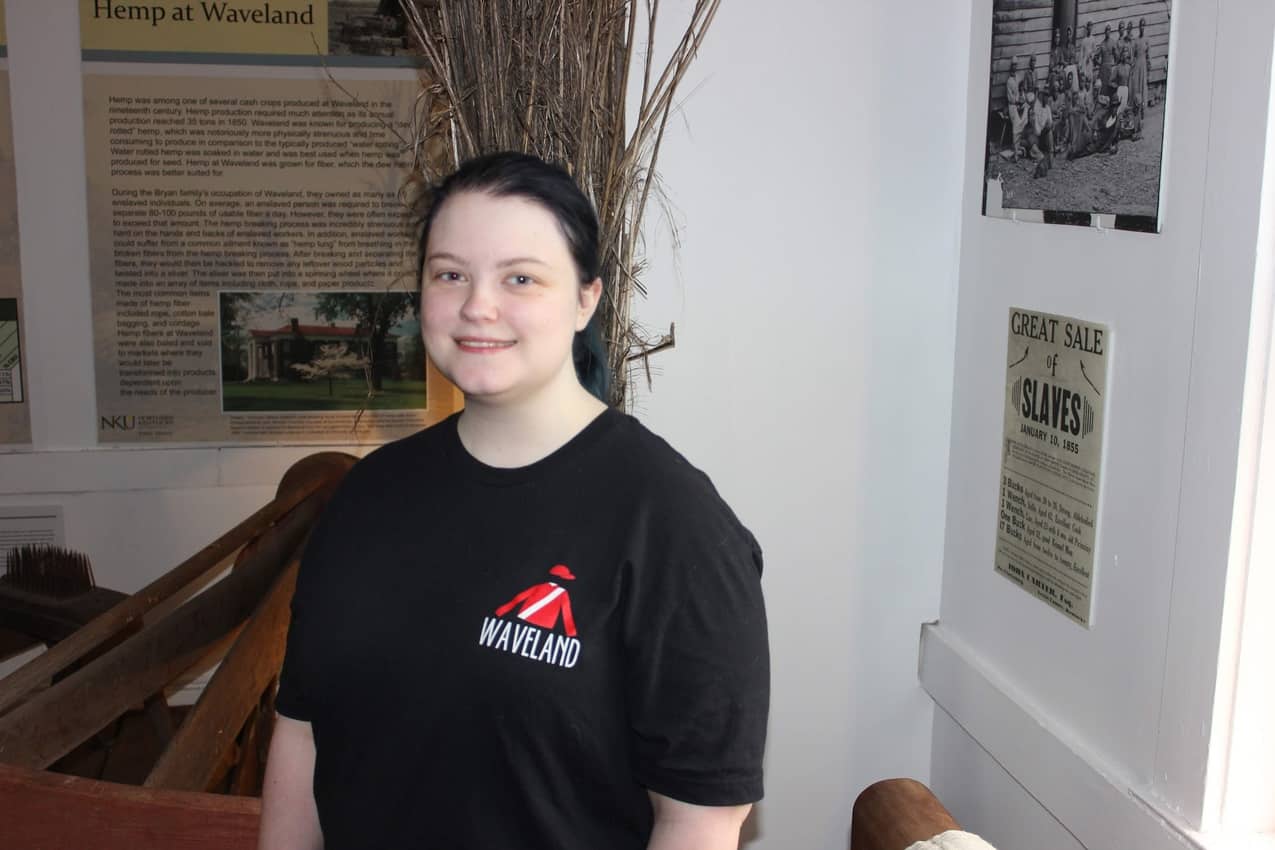
More than 60 slaves resided in the building in front of me. What had living there really been like? I was at the former slave quarters of the Waveland Estate, just south of Lexington Kentucky.
I entered through one of the three front doors and followed my guide, Michaela. Slave names popped out from a wall hanging…Celia, Charity, Moses, Dilly, Kiak, giving credence to their tenure here. How had they lived?
There had been several buildings that housed the slaves at Waveland; This building had survived because it was constructed of brick, while the others were composed of wood.

Ironically, the slave quarters were two bricks thick, making them better insulated than many other homes in Kentucky.
Hand Cranked Apple Press
The quarters sported three chimneys and three front doors. Each door was only wide enough for one person to enter at a time. Beside the middle entrance stood a hand-cranked apple press.
I toured and had tea at Waveland’s Main House Now It was time to take on Waveland’s last remaining slave quarters.

Michaela told me the slaves had stuck pretty much to African ways of living, such as entertainment, religion, dress, and food. The men tended the crops… sugar cane, indigo, tobacco, and cotton. Women took care of housekeeping chores.
Visiting the Kitchen at Waveland
Now for the structure’s main hub: the kitchen. The eye-catching attraction was the multi-cluttered fireplace with the proverbial hanging pots and other utensils. Cooking was done outside the Main House because of smells, fire danger, and the heat produced.
The kitchen on the ground floor was where food was prepared for the Bryan family in the “Big House” It also served as an all-purpose workspace. A spinning wheel and yarns were nestled in one corner. I was intrigued by a mock-up display of floured pork chops …not unlike the 21at century!

Slaves Well Treated
Servants at Waveland were relatively well treated as Joseph Bryan (Waveland owner) was a very wealthy man. They enjoyed freedoms that were uncommon for other slaves of the day.
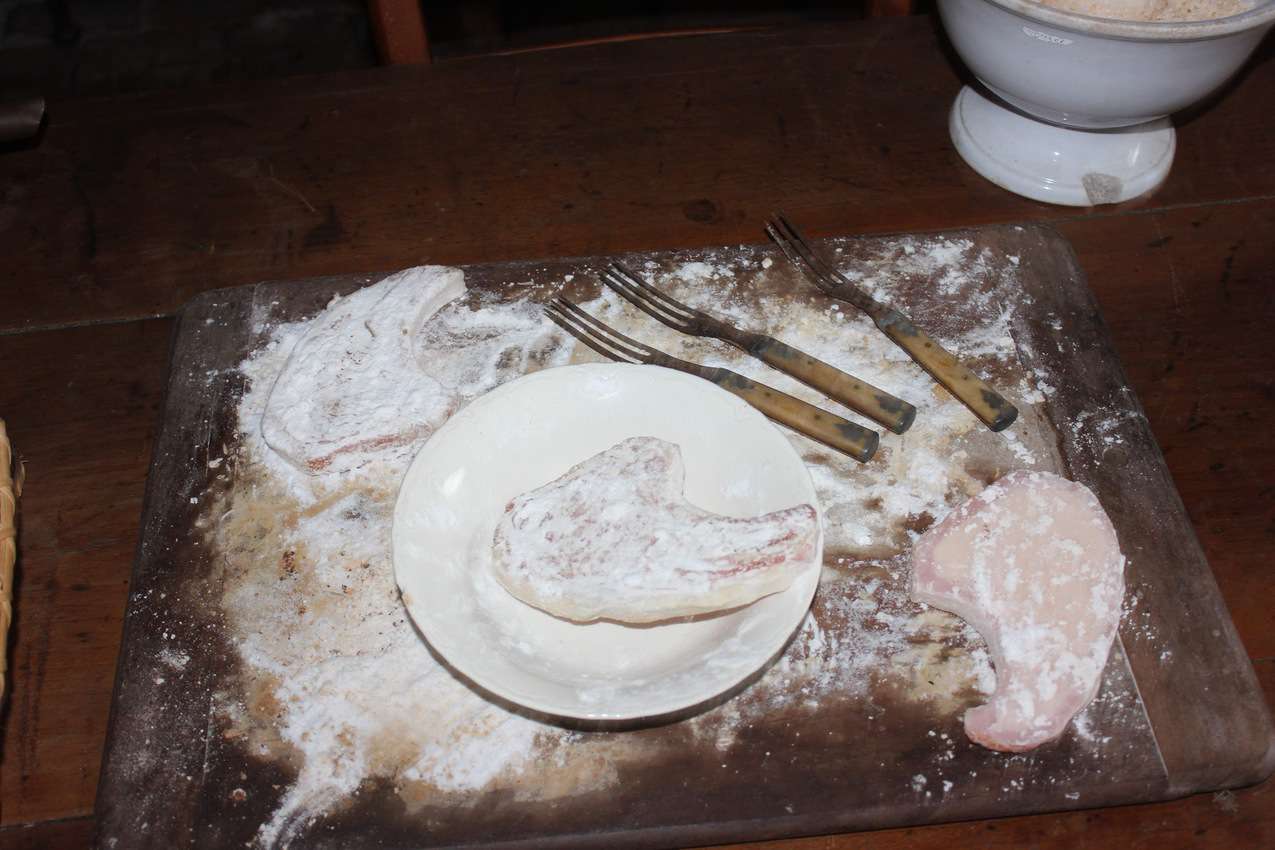
When they were not working, they were allowed to hunt for themselves. They were also allowed to buy and sell at the local markets, keeping any profits for themselves.
The African church they attended church was a couple of miles away on Nicholasville Road. It is now an antique shop.
One of my favorite exhibits… a note that was written by Joseph Bryan:
Pleased to let Essex and Gilbert pass to the Lexington market to return this evening May 21, 1850 – Joseph Bryan
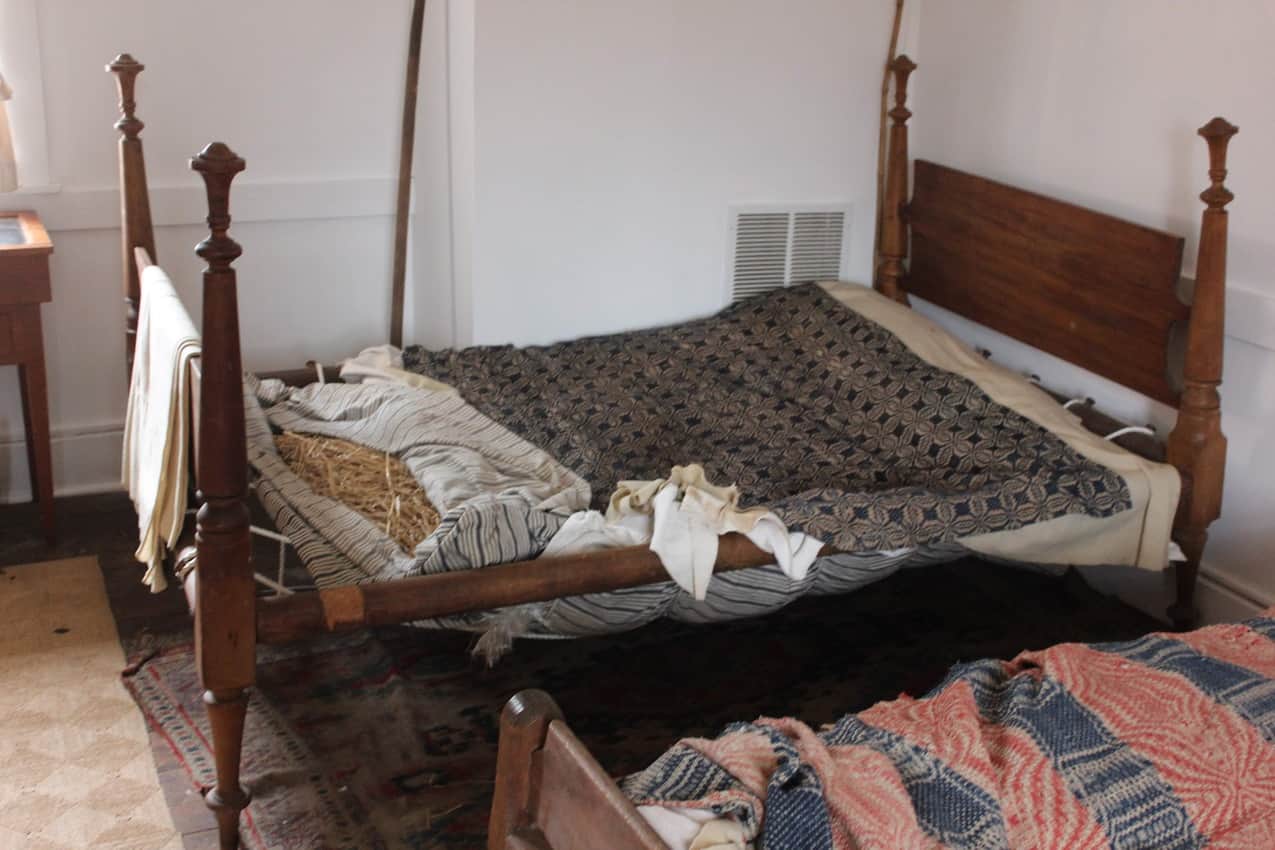
Michaela unlocked the door to the second-floor stairwell and upped we climbed to the slave living area. The wooden floorboards upstairs are the original. Downstairs the floor is laid in bricks.
Ever heard of the expression, “Sleep Tight?” The beds were four posters. The mattresses had been paced on ropes woven together to form a grid.
If the ropes were not pulled hard enough, the bed sagged. Hence the expression, “Sleep Tight”. Chamber pots (or bedpans) were kept underneath the beds
There was not much in terms of entertainment, One example of how slaves could pass their free time was the display of a checkers board.

I had no idea the game went that far back in history. The clever moving pieces were made from sliced corn cobs and painted either red or black.
Made into a Museum
In 1957, Waveland itself became a museum to feature Kentucky life from pioneer days to the Civil War era. The main estate sits on 10 acres of land and depicts life on a plantation during the 1840s.
Waveland itself currently contains the mansion, decorated in Antebellum style, and four outbuildings: the ice house, the two-story brick building that was the slave quarters, a barn, and a smokehouse.
The last leg of my tour ended in a room in the midst of construction. It’s to be an exhibit about slavery in Kentucky including some shackles and clothing that slaves would have worn.
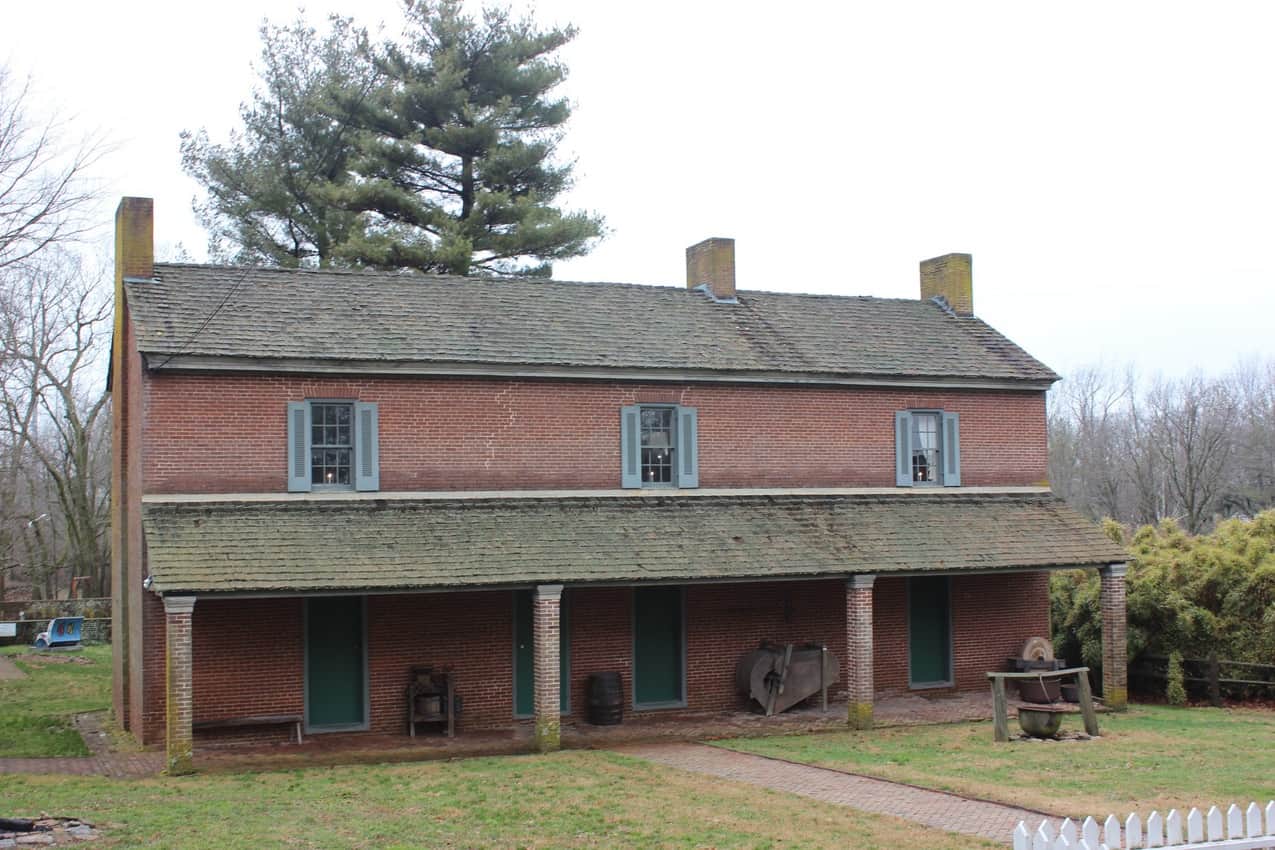
While at Waveland take a tour of the richly historic main house. It is well represented by the furnishings indicative of the period.
Daily Tours in Period Dress
If you enjoy historical artifacts tours, this has a lot to offer. Tours are given daily for much of the year, and the tour guides dress in the style of the 1840s. Tours include the main house, the slave quarters, smokehouse, and ice house It’s a wonderful focus on the Bryan family and life on their 19th-century Kentucky plantation.
Oh, yes…the grounds are beautifully landscaped. During warm weather, you can enjoy a picnic lunch on the grounds. There’s even an outside grill.
This a great representation of an Antebellum house and the tour provides interesting information on how a wealthy family lived in the “Athens of the West” during the 19th century.
Tours include the historic house, the slave quarters, smokehouse and ice house, and focus on the Bryan family and life on a 19th-century Kentucky plantation.
Visiting Waveland, Kentucky |
| Plantation tour Adults…$10. Seniors…$8 Children…$5. |
| Covid restriction: Masks are encouraged. Only six people allowed on a single tour. Tours start on the hour until 4 p.m |
| Monday-Tues Closed |
| Wed 10:00 AM – 5:00 PM |
| Thurs 10:00 AM – 5:00 PM |
| Fri 10:00 AM – 5:00 PM |
| Sat 10:00 AM – 5:00 PM |
| Sun 1:00 PM – 5:00 PM Covid restrictions: Masks are encouraged. Only six people allowed on a single tour. Tours start on the hour until 4 p.m. Waveland Museum 225 Waveland Museum Lane Lexington, Kentucky, 40514 859/272-3611 Email: charla.reed@ky.gov. website |
- Keukenhof Gardens and The Tulips - July 29, 2023
- Franklin North Carolina: Lost on Route 28 - December 14, 2022
- Lexington Kentucky’s Seven Favorites, By a Local - June 17, 2022



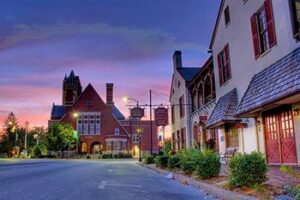
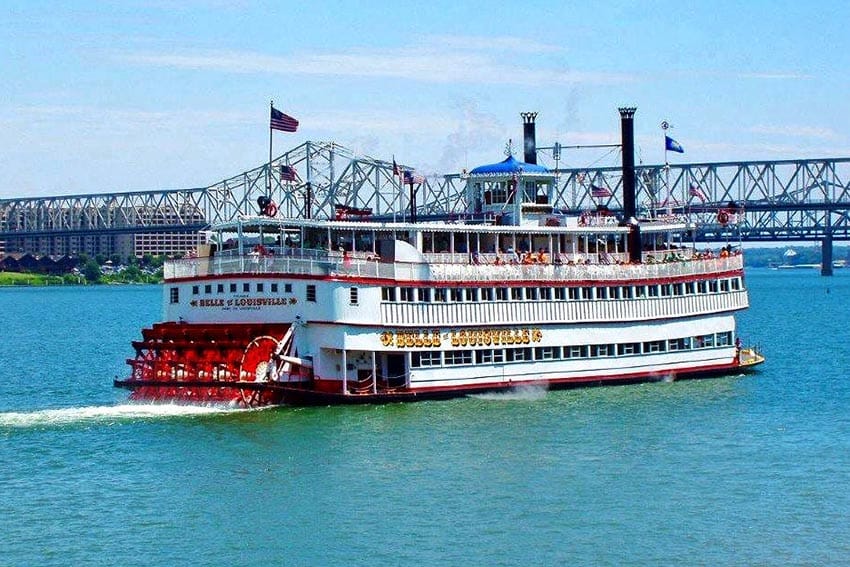
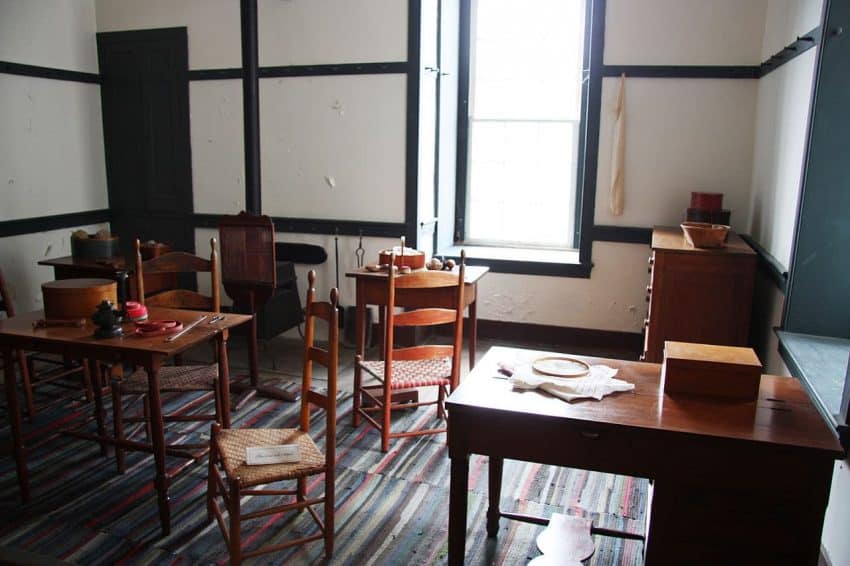
> Slaves Well Treated
Servants at Waveland were relatively well treated
This really should be removed. First, they weren’t servants, they were forced workers. Second, being allowed to fish or hunt is not being well treated. They had to do that so that their enslavers didn’t spend anymore than necessary to feed them. Does it matter if they were “given permission” to go to a market when their entire life was controlled by the whims of others? Well treated would have been to give them their freedom and not enslave them. In truth, you don’t know how they were treated. If they were worked 20 hours a day, 7 days a week. If they were whipped, beaten, had body parts cut off, raped, murdered, had their children ripped from them and sold away? Well treated indeed.
Does Waveland still have the flag a young lady literally wrapped herself in? It was on Morgan’s last foray in Lexington.